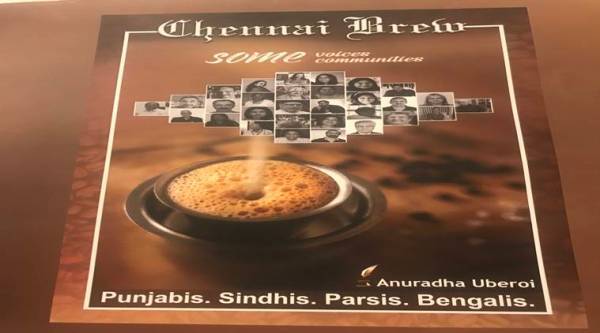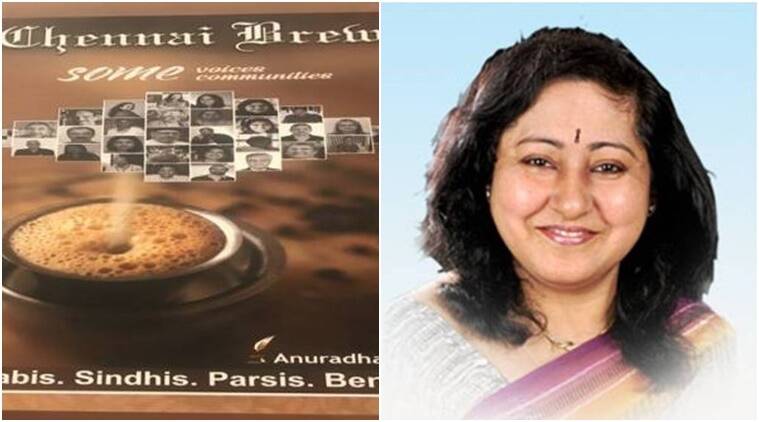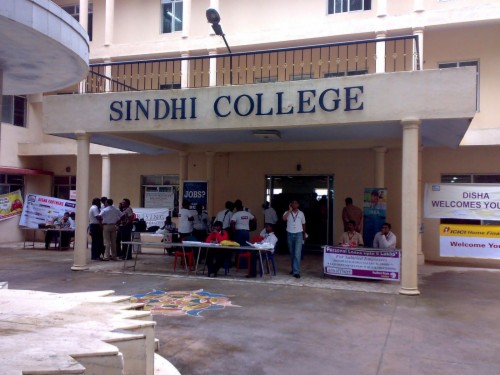
The book is a compilation of personal stories told by individuals from different communities — Parsis, Sindhis, Bengalis, and Punjabis — who made Chennai their home.
Rajashree Das
“Human beings love stories because stories give you an immediate emotional connect to people,” says Anuradha Uberoi, author of recently-published Chennai Brew. The book is a compilation of personal stories told by individuals from different communities — Parsis, Sindhis, Bengalis, and Punjabis — who made Chennai their home. Anuradha says, “For me, the stories show how many communities live, prosper, survive, here, and are connected to Chennai.”
Some migrated to Madras during pressing times. “People witnessed violence of mammoth proportions during Partition. Many saw death at close quarters. They survived due to sheer luck or sheer bravery,” says Anuradha. The book has documents from such times… “There’s a document from Punjab Association asking people to come forward and claim property that was left behind. There was compensation for that. There is also a bank receipt for Rs.8, 000 that belongs to a gentleman named Ravi Malhotra, whose father received it for a property he left behind in Pakistan.”
Some were born around the time the city earned the sobriquet Detroit of Asia. Their forefathers had moved here seeking better work opportunities. Anuradha herself, who is originally from Chandigarh, moved to Chennai with her family in 1987 on work. But all of them came to the city with no thoughts of looking back.

The book acts like a tool to help one understand different communities through stories of individual lives. Anuradha has written about people from different walks of life: a school teacher, a CEO, an entrepreneur… Some stories reinstate traits attached to certain communities while others break stereotypes.
A community, Anuradha says, “Represents a group of people who belong to a similar demographic profile and who bond over familiar social customs, rituals and language.” She adds, “They are easily recognizable as they have many common social traits and beliefs.” Anuradha hopes that her book will help us understand each other better. “Perhaps some prejudices we have against certain communities will melt away,” she says.
Chennai Brew transports readers to another place and time with its interesting accounts. For instance, the Government declared book-keeping with the Sindhi accounting language Hatvanka illegal in the late 1960s. The number of Sindhis who know the language has dwindled over the years. “Those who know it don’t want to be associated with it because it was primarily designed to hoodwink the income tax authorities,” she says, and recalls how she met one Behari K Bajaj who, despite being unwell, wrote the alphabets and digits in the language on a piece of paper for her.

Anuradha says about her move to the city: “To say that Madras came as a culture shock to me is an understatement. The language handicap and the differing norms of socializing, food and entertainment posed barriers for me” But, over a period of time, she came to love it. “Today, I’m more comfortable here than in the North. When I hear Tamil in the streets of New York when travelling, for instance, I feel as elated as I would when I hear Hindi,” she says.
Anuradha’s quest for cultural understanding and integration doesn’t end with the book. “I take pains to educate my friends and relatives in North India about the rich culture of Chennai and the vast South Indian cuisine. I enjoy busting their myths about the city I’ve grown to love.”
________________
Courtesy: The Hindu